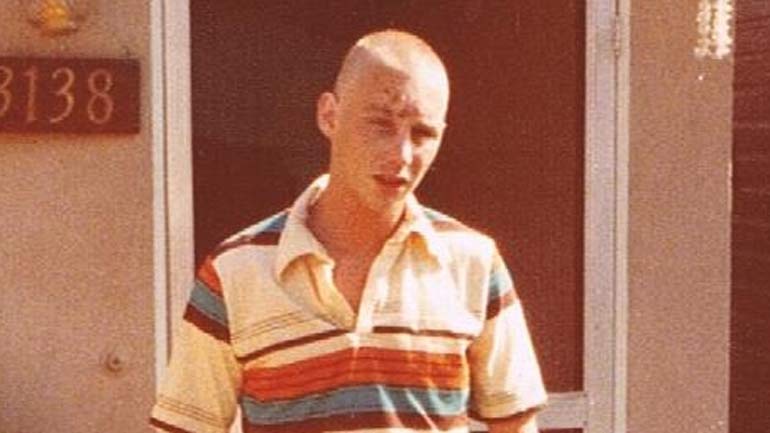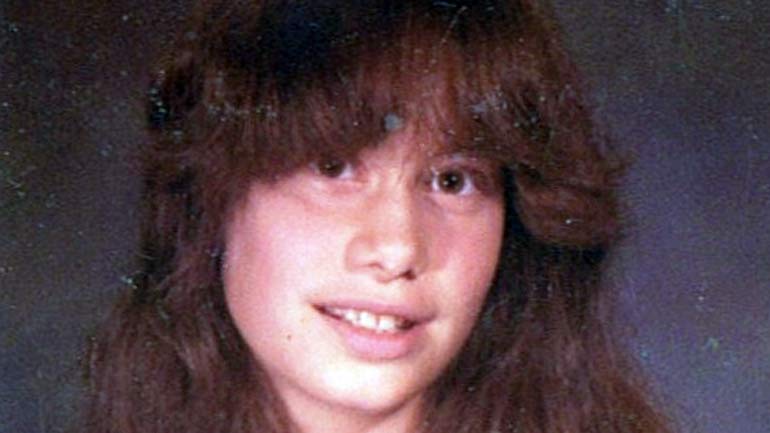Torrey Pines State Beach sits quietly along the San Diego coastline, a scenic stretch of sand nestled between La Jolla and Del Mar. Known for its rugged cliffs and golden shore, the area is backed by the protected Torrey Pines State Natural Reserve, where rare pine trees sway in the coastal breeze. In summer, the beach fills with people—locals and tourists alike—who gather to enjoy the sunset, light bonfires, and fall asleep under the stars.
On the night of August 13, 1978, 16-year-old Barbara Nantais and her 17-year-old boyfriend, Jim Ault, arrived at the beach for a night under the stars. Barbara was known for her beauty and spirited nature—a high school sophomore who had earned her spot on the varsity cheerleading squad, something almost unheard of at that level.
Her friend, Sue, recalled: “They were really good together. They loved each other. They had so much fun together, and you could see it. Barbara, she was outspoken, very popular, funny. Jim, great personality. He was the life of the party. And my sister was like that, too.”1
Barbara had been dating Jim for nine months, and that summer night, they met up with friends Richard Selga and Cynthia Ancog. The plan had been to surf, but the waves didn’t cooperate. Instead, they joined a small group gathered around a bonfire, sipping alcohol.

As the night wore on and the fire began to die down, Barbara and Jim decided to sleep on the beach. They laid their sleeping bags side by side, out in the open. Their friends, looking for more comfort, chose to sleep in a nearby car.2
By morning, everything had changed.
At around 6AM, Jim Ault awoke trembling violently. Disoriented and weak, he tried to sit up but collapsed back to the sand, overtaken by dizziness. It wasn’t until he reached out beside him that he realized something was wrong—Barbara was gone. Their sleeping bags were gone too.
Jim, unaware of the full extent of his injuries, managed to rise and stumble to the car where Richard and Cynthia were still asleep. He was covered in blood, his face swollen and bruised beyond recognition. “What the hell happened?” Richard shouted. Jim could barely speak, but he managed to force out two words before collapsing: “Find Barb.”3
Panic set in. As Cynthia ran to alert police, Richard began searching for Barbara, joined by early morning passersby. Near the base of a bluff, not far from the lifeguard tower, they spotted something out of place in the sand. It was a body—motionless and blood-soaked. They rushed over, but the sight that greeted them was too gruesome to comprehend.
Barbara Nantais had been raped, strangled, and beaten. She was nude and spread eagle on the sand with her limp head propped up by a log. Her skull had been fractured and wet sand had been stuffed inside her mouth. One of her breasts had been savagely cut from her body. Richard covered Barbara with the blood-stained nylon sleeping bags that were left close to her body and ran to the parking lot screaming for help.4
Jim was rushed to Scripps Hospital in critical condition. Doctors discovered severe head trauma—he had been bludgeoned with rocks and burning logs—and he underwent emergency brain surgery. He would remain in a coma for months. It wasn’t until much later, after Barbara’s funeral, that he learned she had died that night. Jim told detectives he couldn’t remember anything about what had happened after he and Barbara had laid down to sleep.5

Police cordoned off the area with yellow crime scene tape, combing the sand for any clue—any trace of the person responsible. But no murder weapon was found, and no suspect emerged. Captain Wes Allen of the San Diego Police Department addressed the media sombrely: they had “an awful lot of work to do.” They pleaded with the public—anyone who had been at Torrey Pines that night—to come forward. But the beach had been crowded. The leads were many, and yet none panned out.6
Gradually the days turned to weeks, weeks turned to months and months turned to years and the case went cold. Then, almost exactly six years later, the peace at Torrey Pines was disturbed once more.
On the night of August 23, 1984, 14-year-old Claire Hough slipped out of her grandparents’ home. She was visiting from Rhode Island and had often taken solitary walks along the beach during her stay. This night would be her last.7
The next morning, August 24, joggers and beachgoers stumbled upon a horrific sight in the sand. Claire’s body had been left near the shoreline. She had been strangled, beaten, and stabbed. Just like Barbara, one of her breasts had been severed from her body. The parallels were impossible to ignore—the same beach, the same brutal injuries, the same violation. Although the similarities were undeniable, police were unable to definitively link the two cases. For decades, both murders would remain hauntingly unresolved.

Then, in 2013, advancements in DNA technology offered a glimmer of hope. The next year, a break came in Claire’s case. DNA evidence tied two men to her murder: Ronald Clyde Tatro and Kevin Charles Brown. Tatro, who died in a boating accident in 2011, had a history of violence against women and had served prison time for kidnapping and rape. Brown, a criminalist in the San Diego Police Department’s own crime lab at the time of Claire’s murder, was notified he was under investigation. In October 2014, before charges could be filed, he took his own life.8
Before Brown took his own life, he told detectives he didn’t know Claire or Tatro. However, it was later revealed that his DNA had been found in the form of sperm on a vaginal swab. As for Tatro, his DNA was discovered on blood found on Claire’s clothing and I the broken zipper of her jeans. Brown claimed to detectives his DNA must have gotten there as a result of lab cross-contamination, but Brown had never handled any evidence in the case.9
Brown’s widow sued the department in 2015 claiming that detectives had botched the case and driven her husband to suicide. She argued that her husband’s DNA showed up in the vaginal swab because of cross-contamination. She contended that it was common practice at the time for a laboratory worker to use his own semen and blood testing of samples. The lawsuit was heard in court and Brown’s widow, Rebecca, was awarded $6 million.
Investigators ultimately concluded that Claire’s murder was not connected to Barbara Nantais’—a ruling that left more questions than answers. Barbara’s killer has never been found.
For the families of the victims, the years have done little to dull the pain. Claire’s father, Samuel Hough, once said: “In a way, it doesn’t make any difference who killed her. She’s dead and there’s nothing we can do about that. The important thing for us is what she was and what she became—the fact that she was so positive, so rich, at the time she died.”10
Footnotes:
- 48 Hours – Blood in the Sand
- North County Times, 14 August, 1978 – “Girl, 16, Murdered on Beach”
- North County Times, 17 August, 1978 – “Rape Suspected Murder Motive”
- North County Times, 29 October, 2011 – “A Deadly Night That Has Lasted 33 Years”
- The Daily Breeze, 14 August, 1978 – “Girl Killed, Boyfriend Beaten”
- The Los Angeles Times, 15 August, 1978 – “Police Seek Help to Solve Slaying of Girl at Beach”
- North County Times, 6 March, 2011 – “Teen Slayings at Popular Beach”
- The San Diego Union-Tribune, 26 October, 2014 – “Questions Still Remain”
- The San Diego Union Tribune, 1 November, 2014 – “1984 Murder Evidence Revealed”
- The San Diego Union Tribune, 24 October, 2014 – “Slaying Suspect Worked for Cops”







Comments: